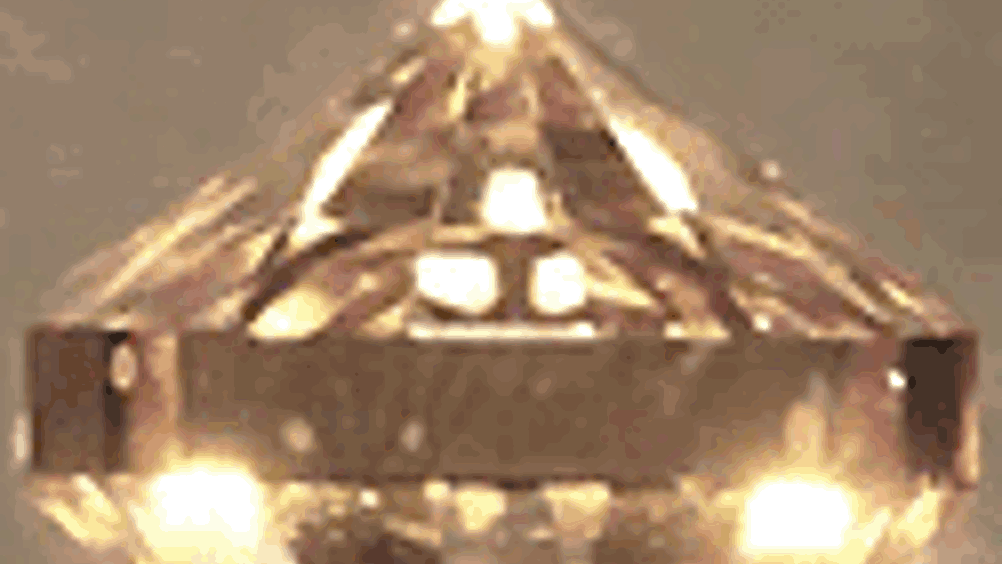Diamonds make faster phones
Research led by the US Department of Energy's Argonne National Laboratory could lead to nanoscale diamonds being used in mobile phones to allow them to operate at a much higher frequency.<?xml:namespace prefix = o ns = "urn:schemas-microsoft-com:office:office" />.

Research led by the US Department of Energy's Argonne National Laboratory could lead to nanoscale diamonds being used in mobile phones to allow them to operate at a much higher frequency.
The $1,400,000, 12-month, DARPA Phase II research and development programme is to develop a new technology based on Ultrananocrystalline DiamondTM (UNCDTM). The material, developed at Argonne, will enable diamond resonators and oscillators to be directly integrated with microelectronic chips for next-generation telecommunication devices.
Register now to continue reading
Thanks for visiting The Engineer. You’ve now reached your monthly limit of news stories. Register for free to unlock unlimited access to all of our news coverage, as well as premium content including opinion, in-depth features and special reports.
Benefits of registering
-
In-depth insights and coverage of key emerging trends
-
Unrestricted access to special reports throughout the year
-
Daily technology news delivered straight to your inbox










Water Sector Talent Exodus Could Cripple The Sector
Maybe if things are essential for the running of a country and we want to pay a fair price we should be running these utilities on a not for profit...